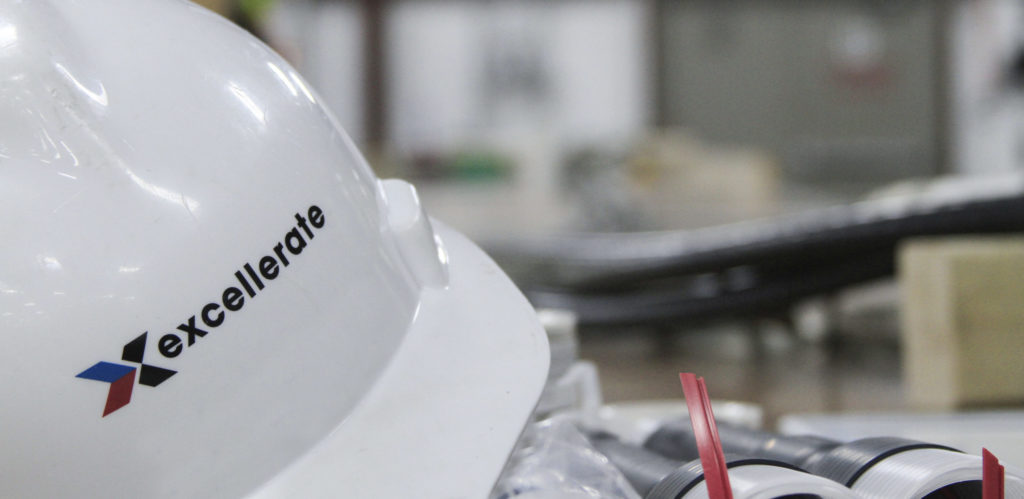November 2, 2022 Matt Ambrosius
Advanced Product Quality Planning: APQP 101
In a previous blog article, I introduced the Advanced Product Quality Planning (APQP) process and how we use it at Excellerate to ensure that the voice of the customer is considered in our manufacturing planning. Moving forward, I’ll take the opportunity to expound on the five steps of the APQP process, beginning with phase gate 1: Plan and Define the Program.
At Excellerate, we know that developing successful new products and services requires listening to the voice of the customer. Without input from future consumers, it is very difficult to understand what they want, need or expect in a product. Careful planning will make sure that these expectations are met precisely, and this takes place during phase 1.
Determining the voice of the customer involves market research, historical warranty and quality information, as well as understanding your own team’s experience. This information forms the business plan and marketing strategy, the catalyst and understanding of where, why and what type of product we should be developing to satisfy our customers’ expectations. Supporting the business plan and marketing strategy is historical background and experience involving similar products such as product/process benchmark data and assumptions, product reliability studies and other customer inputs.
Based on the inputs above, the outputs of phase gate 1 will then become the inputs into phase gate 2. We will be able to produce goals around design and reliability, as well as quality goals. Based on those goals, we will have a plan around what will be required for the product to be designed and manufactured: a preliminary bill of material, process flow chart and listing of special product and process characteristics. Once the manufacturing floor receives this information, a product assurance plan is developed. This is shared with management for feedback and support. Once those outputs are achieved, approvals are garnered from key team members to close out phase gate 1.
Despite having the best quality management systems in place, manufacturers can benefit from the hard work and extra effort that APQP demands, especially those that are in the business of creating and developing new or improved products. Manufacturing processes possess inherent risks that can cause failures. Investing in APQP can help manage and minimize future risks, leading to greater quality control and business success.
For more information about Excellerate and how we can support your next project, contact us today. And stay tuned for my next blog post about APQP phase 2: Product Design and Development.
Interested in learning more? Check out our other articles and subscribe to be the first to know about future Excellerate blog articles.

 Advanced Product Quality Planning: APQP 101
Advanced Product Quality Planning: APQP 101

